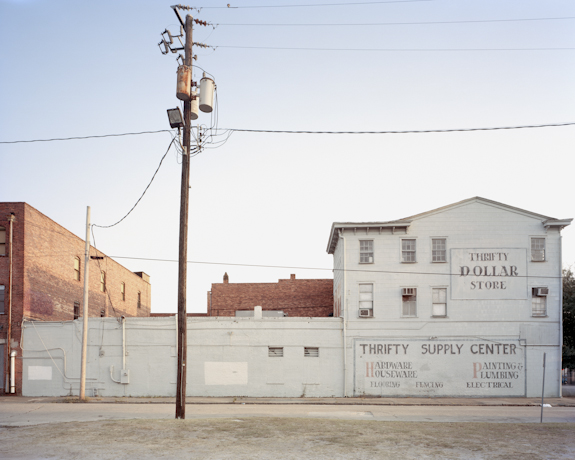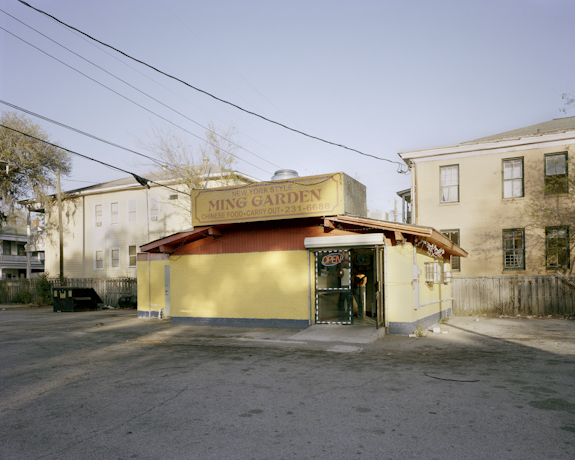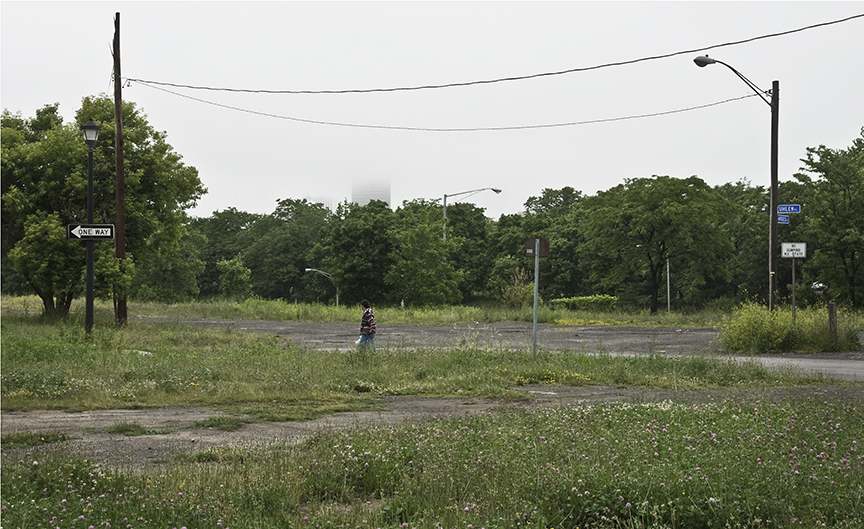
The mass production and relative affordability of the automobile in the early 20th century resulted in considerable changes to our nation’s infrastructure and the need to intersect highway systems with urban neighborhoods. As a resident of Savannah, Georgia, I am fascinated by the rich history and historic architecture of the city. However, there is a stark division between the restored and legally protected buildings within the central National Historic Landmark District and the struggling, run down neighborhoods that surround it. I am specifically interested in the at-risk neighborhoods along Martin Luther King Jr. Boulevard and the ways in which they have been impacted by the construction of the Interstate 16 flyover.
This elevated section of Interstate 16, the Earl T. Shinholster Bridge, held its official ribbon cutting in 1967. The construction of the interstate coincided with several other large-scale urban renewal projects including the construction of Kayton and Fraiser homes south and east of the flyover. It intersects with the Westside of Savannah in the historically African American “Frogtown” neighborhood — a neighborhood that has been on the decline since the interchange was completed.
In 2010 I began photographically documenting the homes, businesses, and churches in the area immediately surrounding the flyover. My documentation has since expanded to include neighborhoods south of Frogtown and extending several blocks south to Victory Drive. This area includes Cuyler-Brownsville, a neighborhood similarly impacted by connection of 37th Street to I-16.
My photographs depict the current state of this community and the architectural structures that remain to provide an understanding of the historic and contemporary context of this community. I am further exploring local movements to renew and revive Martin Luther King Jr. Boulevard and the neighborhoods immediately impacted by the Interstate.
— Ashley M. Jones, Savannah, Georgia, USA

